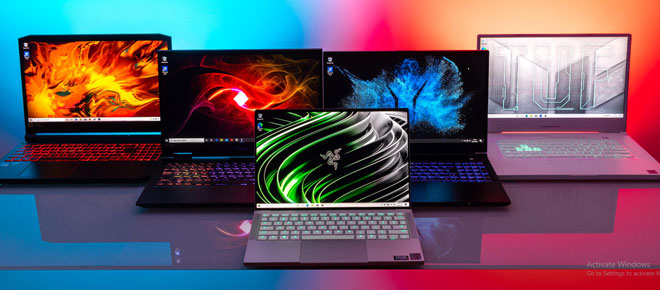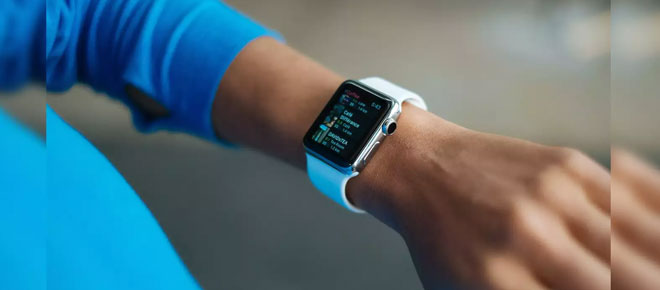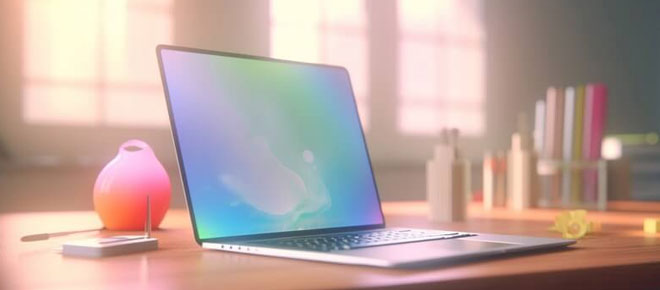Exploring the Latest Laser Printer Trends

The commercial print industry has been undergoing major changes. Despite rumors that it is dying, the industry continues to thrive with innovations.
Tierney explained that the work-from-home era of the pandemic has increased demand for secure printers. He also noted that new solutions like document composition, task management, device management, and web-to-print will improve productivity.
Digital Printing
Printing technology has evolved with a new generation of digital printing devices. Industrial digital printers and production inkjet presses allow for high-resolution printing, quick turnaround, and versatility. With these advanced tools, companies can produce a variety of materials from paper, photo-paper, plastic, canvas, and more. This type of printing bypasses the traditional prepress processes and is faster and more affordable than other options.
While COVID-19 shutdowns interrupted the healthy growth of the industry, digital printing is expected to resume its upswing after economies reopen. This uptick is being fueled by several trends, including the rise in productivity software, unification/job consolidation, and significant growth in digital, wide-format, and inkjet printing.
Another trend that is driving the future of printing is data-driven personalization. With variable data printing (VDP), names, photos, and other personalized details can be seamlessly printed into marketing materials. This allows companies to target specific recipients, resulting in higher engagement rates and conversions.
In addition, digital printing can be combined with augmented reality to create immersive and interactive experiences. Consumers can now view printed content through a smartphone or tablet and be rewarded with additional information, films, or 3D models. The possibilities are endless, and this combination of digital and physical print is creating an exciting future for the industry.
Digital printing is becoming increasingly popular in the world of business because it is more cost-effective and quicker than traditional methods. This technology is ideal for producing items that need to be distributed quickly, such as brochures, business cards, flyers, or newsletters. It is also useful for mass-produced, standardized products such as linens, t-shirts, or business uniforms. Most businesses that require large amounts of print have now turned to digital printing.
Eco-Friendly Printing
With the recent concerns about pollution and its impact on the environment, eco-friendly printing is becoming a must. Many printer brands now offer green or recycled printer models that are better for the environment, using less energy and reducing waste. When purchasing supplies like paper, ink, and cartridges, look for certifications from reputable organizations that ensure these materials meet specific sustainability criteria. For example, opting for paper certified by the Forest Stewardship Council (FSC) and soy-based inks reduces carbon emissions, helps preserve forests, and keeps waste out of landfills. If you are unsure about making the switch to more sustainable printing methods, try out a pilot project with one aspect of your business. For instance, print a small run of business cards or marketing brochures using eco-friendly methods to evaluate results and costs.
In addition to environmental issues, the printing industry has a few other challenges that should be addressed, including resource depletion, energy use, and waste production. For instance, it takes about 1 gallon of fuel to produce a laser cartridge and these inks often end up in landfills and oceans where they are harmful to marine life. To avoid this, consider using recycled or sustainably sourced paper, minimizing printing and ink usage, and adopting a 'print to PDF' policy whenever possible.
Implementing eco-friendly printing practices in your office will benefit the environment and your company's reputation. For example, promoting double-sided printing and encouraging the use of digital forms can significantly reduce your office's paper usage. Furthermore, switching to an energy-efficient printer cuts power consumption and lowers utility bills. And, in a world where consumers are increasingly aware of and concerned about the environmental impacts of businesses, demonstrating your eco-friendly efforts can set you apart from your competition. Check for the latest Brother USA Coupons to save on your eco-friendly printing solutions
Color Printing
While some companies prefer to stick with black-and-white printing, others find that color printing offers powerful benefits. These benefits include highlighting products and services, increasing brand visibility, and facilitating targeted marketing. Colors also embellish brochures and catalogs, as well as add a visual appeal to mailers, postcards, and flyers.
Typically, color printing involves the reproduction of an image or text using a combination of four process colors (cyan, magenta, yellow, and key), plus a fifth spot color. The additional spot color could be a pre-mixed ink of a specific color, or it might be an overprint varnish. The addition of these spot colors expands the possibilities for creating different effects in print, such as metallics and fluorescents.
Modern printers often use a laser beam to create the color images on paper pages, rather than applying a physical application of ink. This process is much faster and results in higher-resolution prints. The latest laser printer models are designed to be more environmentally friendly and offer a wide range of features that improve efficiency and security.
In addition to reducing the environmental impact of printing, laser printers offer greater flexibility and control over the finished product. For example, a laser printer can be programmed to use only the amount of toner needed to print a single page, eliminating waste. It can also be set to print on both sides of the paper, reducing the cost and time it takes to finish an entire job.
The global printer market is experiencing a rapid upswing, especially in emerging economies. This is primarily due to the increased demand for packaging printing and the growing popularity of online shopping. To cater to these needs, vendors are developing compact products, that offer high print speeds and feature mobility options for easy printing with smartphones.
Inkjet Printing
Inkjet printing involves spraying tiny droplets of ink onto designated surfaces, delivering high-quality prints with rich colors and precise details. It is popular in a wide range of industries, including photography, graphic arts, and product packaging. Inkjet printers are characterized by their versatility, low-cost setup, and easy maintenance. In addition, they offer a higher operating speed than their traditional counterparts and can print on a variety of materials.
In the past, laser printers used photosensitive drums that were larger than the paper being printed. These devices required heat to melt the toner on the paper, causing a chemical reaction that left an imprint of positively charged toner particles on the surface of the paper. These machines were popularized in the mid-80s with the introduction of Xerox’s LaserJet, which had a photosensitive drum that was smaller than the paper being printed and used electrostatics to adhere the toner to the sheet.
However, the advent of continuous inkjet technology-enabled printers to produce images at a much faster rate than laser printers and also allowed them to handle thicker substrates such as postcard stock. This made them more attractive to commercial printers, as well as to direct mailers who want fast turnaround times and cost-sensitive customization. As a result, digital production printing has gained market share in these sectors, stealing volume from analog presses.
Interestingly, the firms that have already shifted to inkjet are predominantly those in the financial services sector, with 30% of them reporting they plan to do so within the next year. This trend could have to do with the fact that these companies are typically more advanced in terms of digitization and adoption of managed print services (MPS), as well as sustainability. Explore the latest deals and discounts with Electronic Coupon Codes to enhance your printing solutions.
Paperless Printing
Paperless printing may seem like an ideal office solution, but in reality, eliminating all printed documents is not possible. Instead, companies need to focus on reducing paper use by encouraging staff to be more economical with their printing and limiting the amount of paperwork they produce. This saves on printer ink and toner costs, which is a good thing, but it also means that staff need to be trained in using electronic document management systems to scan paper files and share them digitally.
In addition to limiting the number of documents that are printed, companies need to focus on reducing their use of office equipment, such as printers. This will require a culture change, as well as training staff to use online solutions such as Evernote or Google Docs. This will allow them to work more remotely and limit the amount of time they spend in the office, which will help reduce stress levels.
Laser printers are an essential piece of equipment for many offices, and there is a growing demand for multifunction devices. These printers offer a range of functions in one device and can be used by small and medium-sized businesses to cut costs. They are also a great way to improve workplace efficiency.
The global laser printer market is segmented based on laser type, application, and geography. Helium-neon lasers and semiconductor laser diodes are the two main types of laser printers, and the latter is a popular choice for high-speed applications, such as desktop publishing and the telecommunication industry.
Conclusion
Laser printers have evolved greatly in recent years, offering faster speeds, higher resolutions, and more connectivity options than ever before. The latest trends in laser printing include the rise of color laser printers, the integration of mobile printing capabilities, and the use of eco-friendly features. By staying up-to-date with these trends, individuals and businesses alike can take advantage of the many benefits that laser printing technology has to offer.











